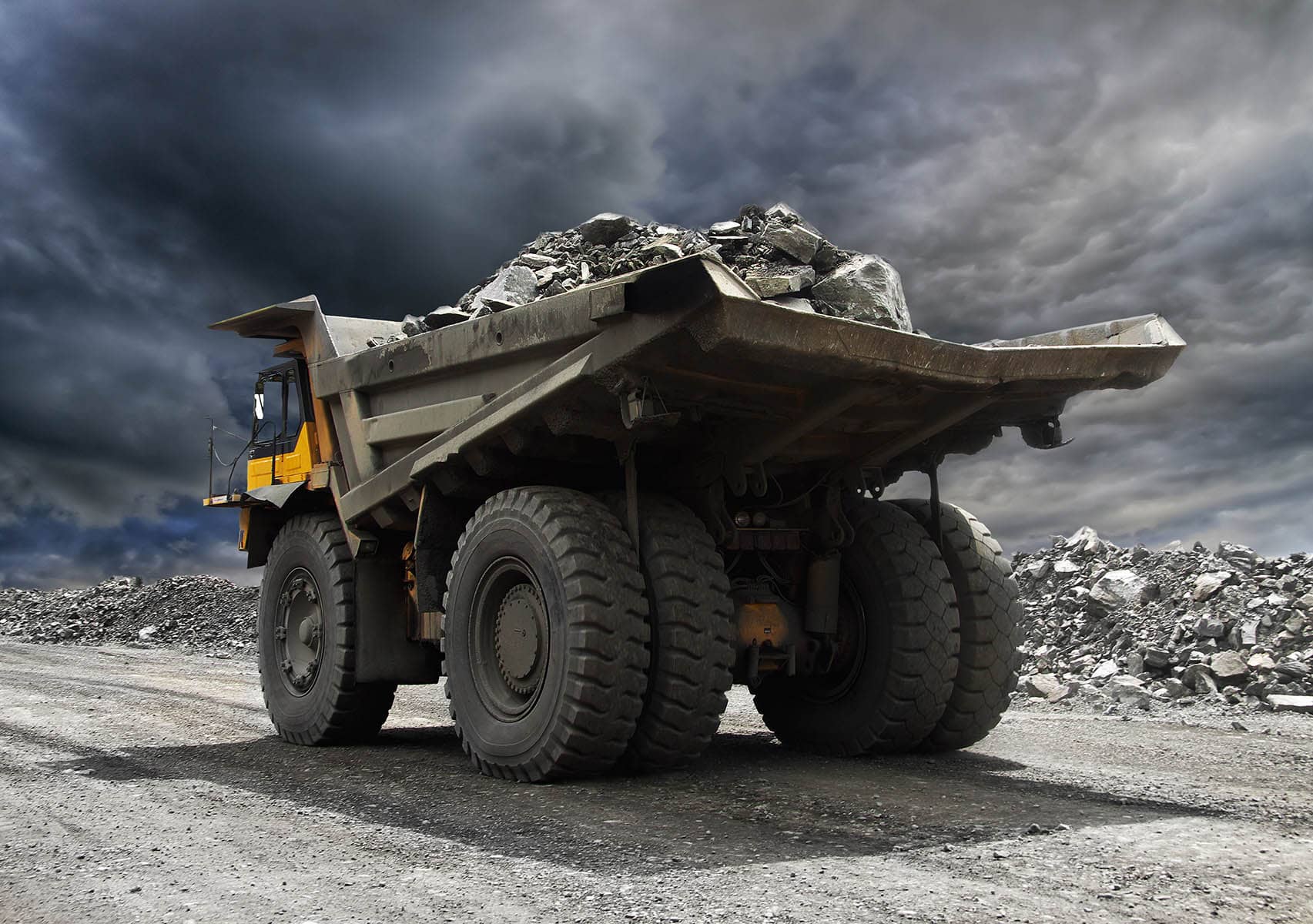Pound-Australian Dollar Lifted by Fresh Iron Ore Price Headwinds
- China hits iron ore prices lower
- AUD lower owing to sensitivity to iron ore exports
- Goldman Sachs warn of lower iron ore prices

Image © Adobe Images
- GBP/AUD spot rate at publication: 1.7977
- Bank transfer rates (indicative guide): 1.7348-1.7474
- Transfer specialist rates (indicative): 1.7517-1.7850
- Get a specialist rate quote, here
- Set up an exchange rate alert, here
The British Pound advanced a third of a percent against the Australian Dollar at the start of the new week after the Aussie currency struggled in the face of fresh headwinds besetting the iron ore market, a headwind that could grow stronger say a number of commodity analysts we follow.
Iron ore remains the single most important commodity in determining Australian Dollar valuation given Australia's heavy reliance on the raw material as a foreign currency earner.
Chinese iron ore futures dropped more than 6% on Monday after top steelmaking city Tangshan pledged to cut emissions by 50% during the heavy pollution period and punish those who fail to implement production curbs.
According to Reuters, the most-active iron ore on the Dalian Commodity Exchange, for May delivery, slumped as much as 6.3% to 1,005 yuan ($154.55) a tonne, the lowest since Feb. 8. The contract fell 4.2% to 1,028 yuan by 03:30 GMT.
Lower iron ore prices suggest Australia's earnings potential on the commodity will be lower, which is in turn reflected via a weaker Aussie Dollar.
The Australian Dollar is seen softer against the U.S. Dollar with AUD/USD being quoted at 0.7757, having been as high as 0.80 on Feb. 25.
The Pound-to-Australian Dollar exchange rate (GBP/AUD) was seen trading 0.30% higher at 1.7970, ensuring an uptrend that started in January remains alive. On Jan. 07 GBP/AUD quoted as low as 1.7416 before rallying to 1.81 in late February.
"Iron ore prices have faced a correction this week after the Chinese steel-producing city of Tangshan imposed restrictions on steel production to reduce polluting emissions. With Chinese demand having been the key driver of higher iron ore prices over the past year, concerns about any slowdown in this sense should continue to have a magnified effect on iron ore prices," says Francesco Pesole, FX Strategist at ING.
{wbamp-hide start} {wbamp-hide end}{wbamp-show start}{wbamp-show end}
Looking ahead, ING warn that a more sustained correction lower in iron ore prices is possible.
"We continue to deem the current levels of iron ore prices as unsustainable, and the material risk of a bigger correction is a major threat to AUD short-term ability to remain supported," says Pesole.
At the start of March the Aussie Dollar was riding high, bolstered by the release of data showing Australia's trade surplus had reached a new record A$10.1BN in January, a fresh record for the country's trade account.
This represented a A$3.0BN improvement on December, which was revised up from A$6.9BN to A$7.1BN.
A country that has a strong export base tends to find its currency enjoys a strong fundamental foundation, meaning it is not exposed to the whims of international capital flows which can often be volatile.
Export earnings grew by 6.2% and imports dipped by 2.3%. The ABS says the amount earned on exports increased courtesy of higher commodity prices, which rose by 7.6% in USD terms or 4.8% in AUD terms.
"A stand-out has been the spike in the iron ore price, up on strong demand from China and constrained supply," said Andrew Hanlan, Senior Economist at Westpac.
Image courtesy of Westpac
Should iron ore prices fall further, a fundamental underpinning of the Aussie currency's strong rally through 2020 will likely be questioned.
A research note from Goldman Sachs, out on March 15, sees the Wall Street bank tell clients that iron ore prices are vulnerable to a decline.
"Though recent news from both China's major policy meeting and Biden's substantive stimulus package would suggest there is ample room to run in this broader commodity bull market, we now see iron ore prices turning lower in the coming months," says Nicholas Snowdon, an economist with Goldman Sachs.
Snowdown says the view reflects mounting evidence that supply is shifting toward a sustained recovery and also that China's environmental policies will reinforce a peak in iron ore imports.
The iron ore market is expected to reach surplus levels over coming months, which would naturally put downward pressure on prices.
Snowdon says a rout of the iron market is unlikely as steel demand trends will remain a source of strength, as both Chinese and Western demand ride fiscal tailwinds as global economic growth accelerates.
"Yet it is the relative level rather than the growth rates of demand and supply that matter most for price, and we see the level of iron ore supply now tilting the balance back into surplus by 2022," says the analyst.
Key to improved iron ore supply is the return of Brazil to the market following the troubles that beset that country's iron ore production sector in 2020, which gave Australia a free run at the market.
"Solid Brazil shipment trend ytd suggests a firmer footing for Vale production recovery. One of the dominant market trends over the past two years has been the underperformance in Vale's iron ore supply as it recovered from the headwinds of the Brumadhino dam accident in January 2019," says Snowdon.
So far in 2021 the latest data suggests that Vale is achieving at least a trend of shipment volume in-line with broad guidance.
The strength of Vale's shipments from Brazil in January and February, which are running higher y/y, suggests to Goldman Sachs that Vale is so far on track to meet increased production plans for 2021.













